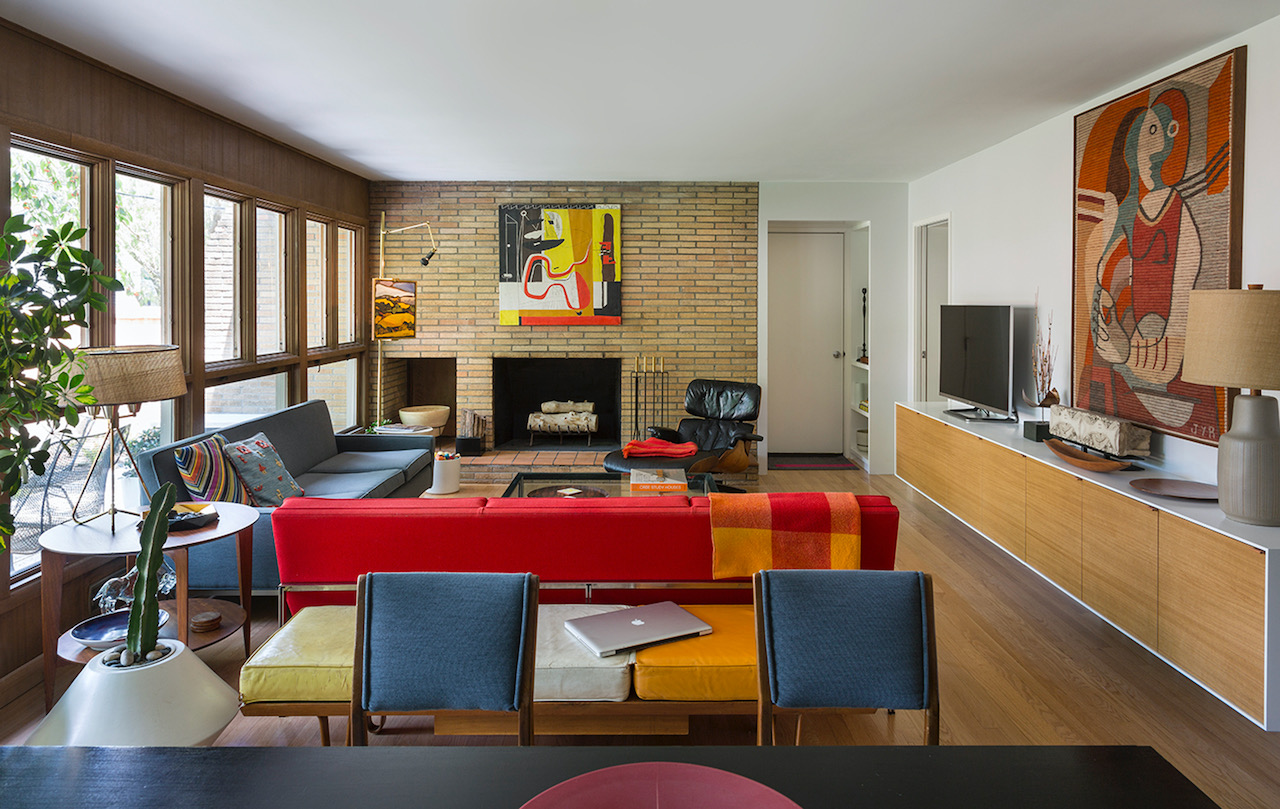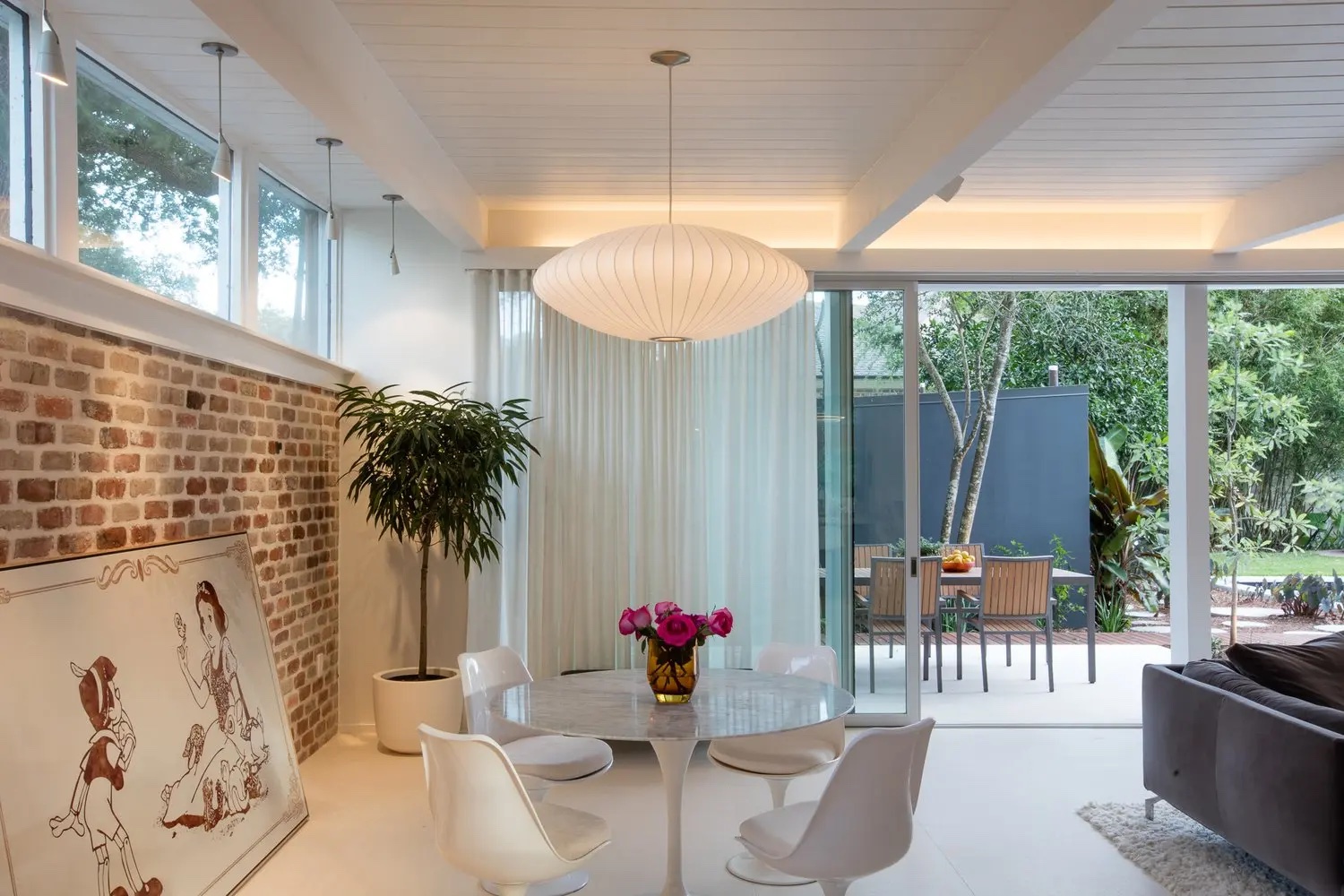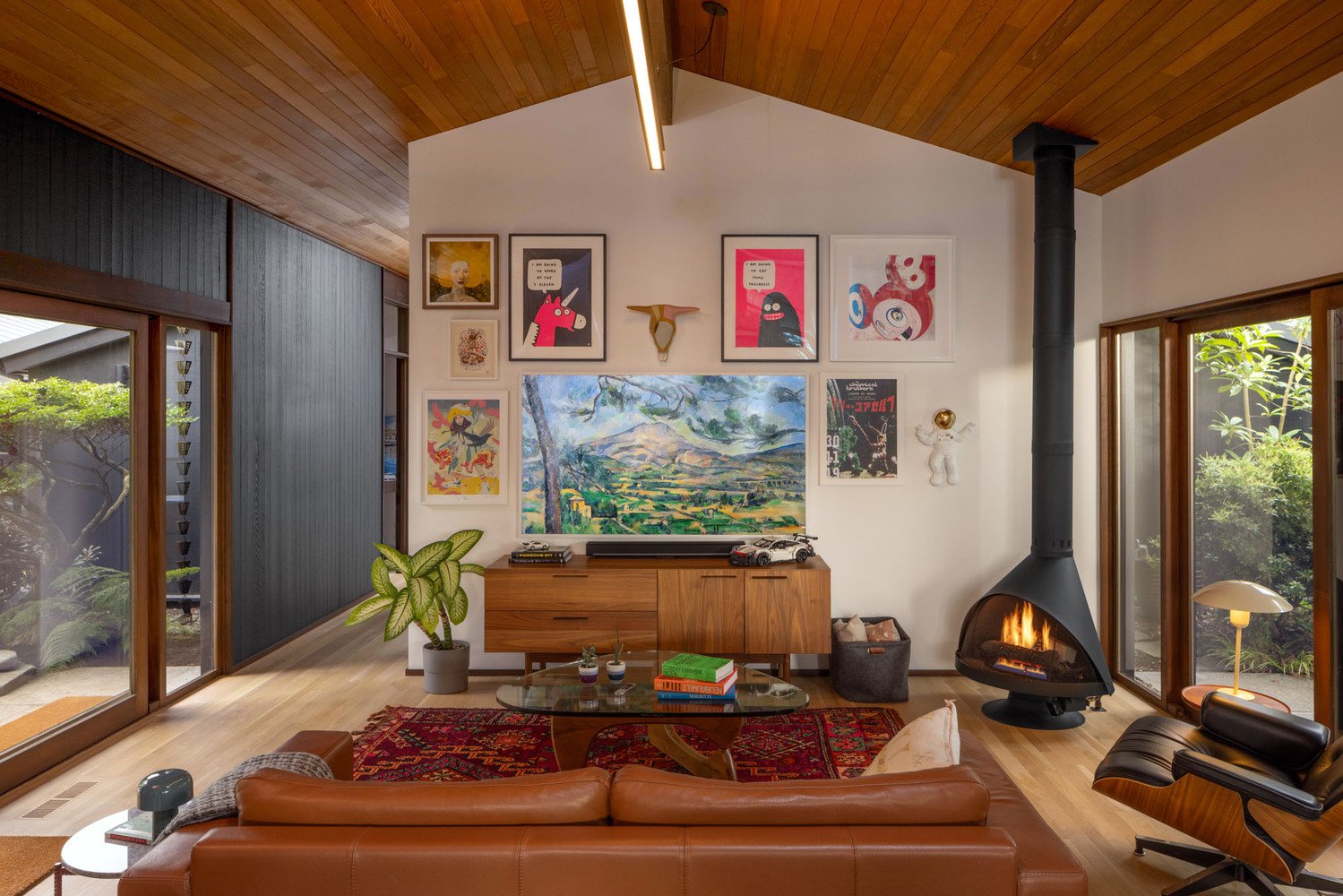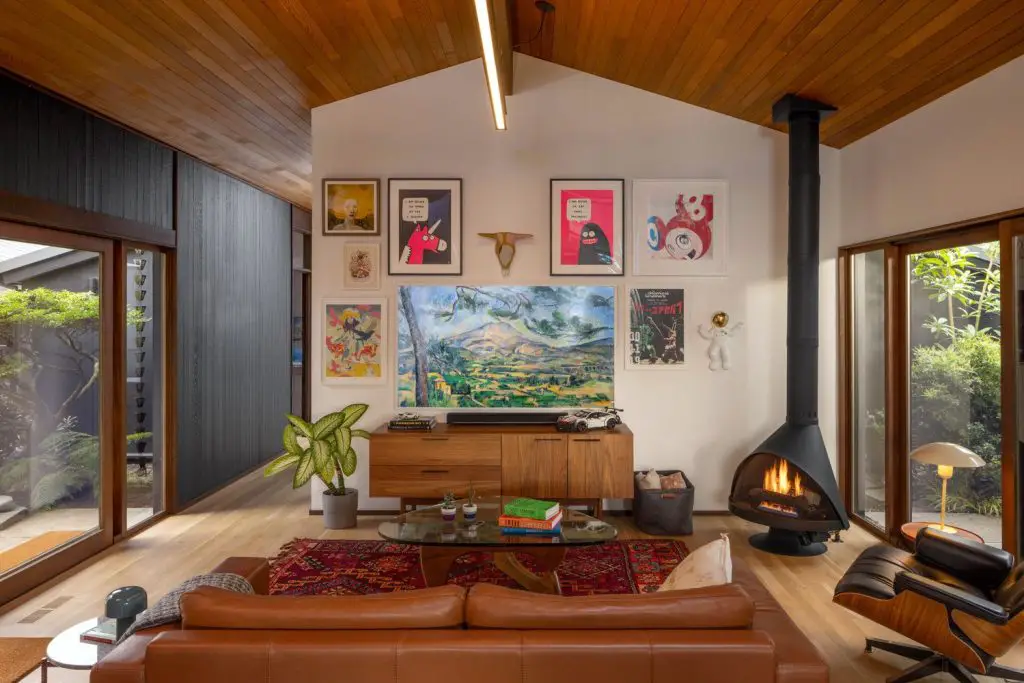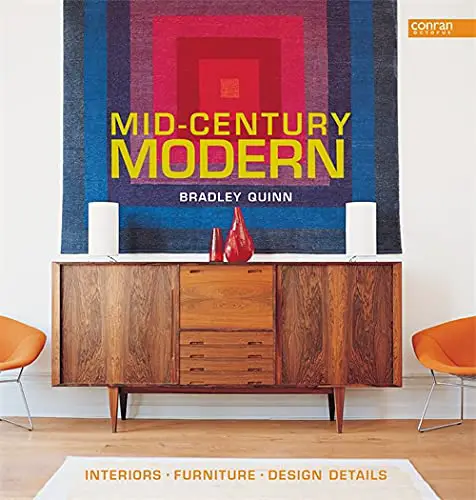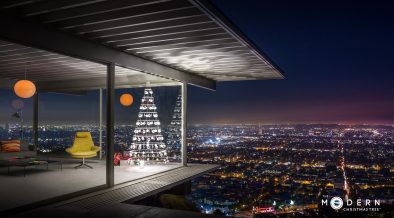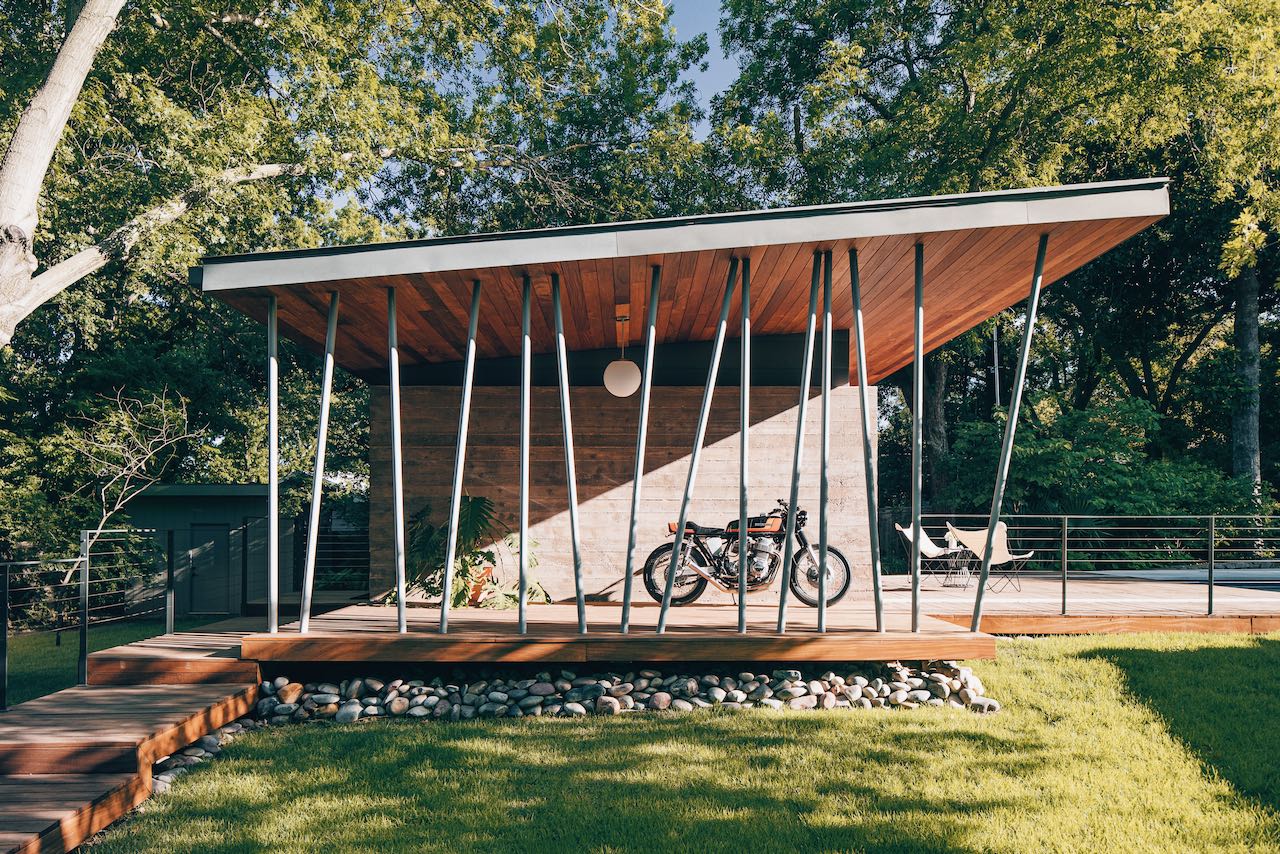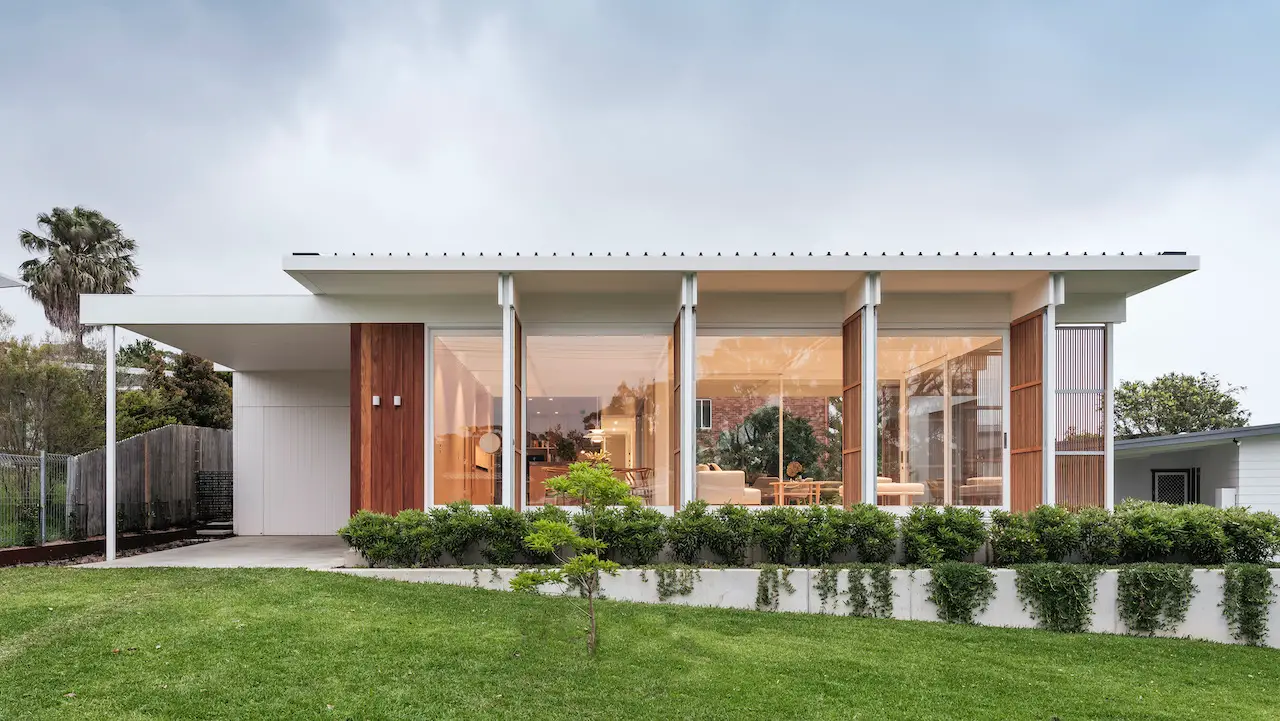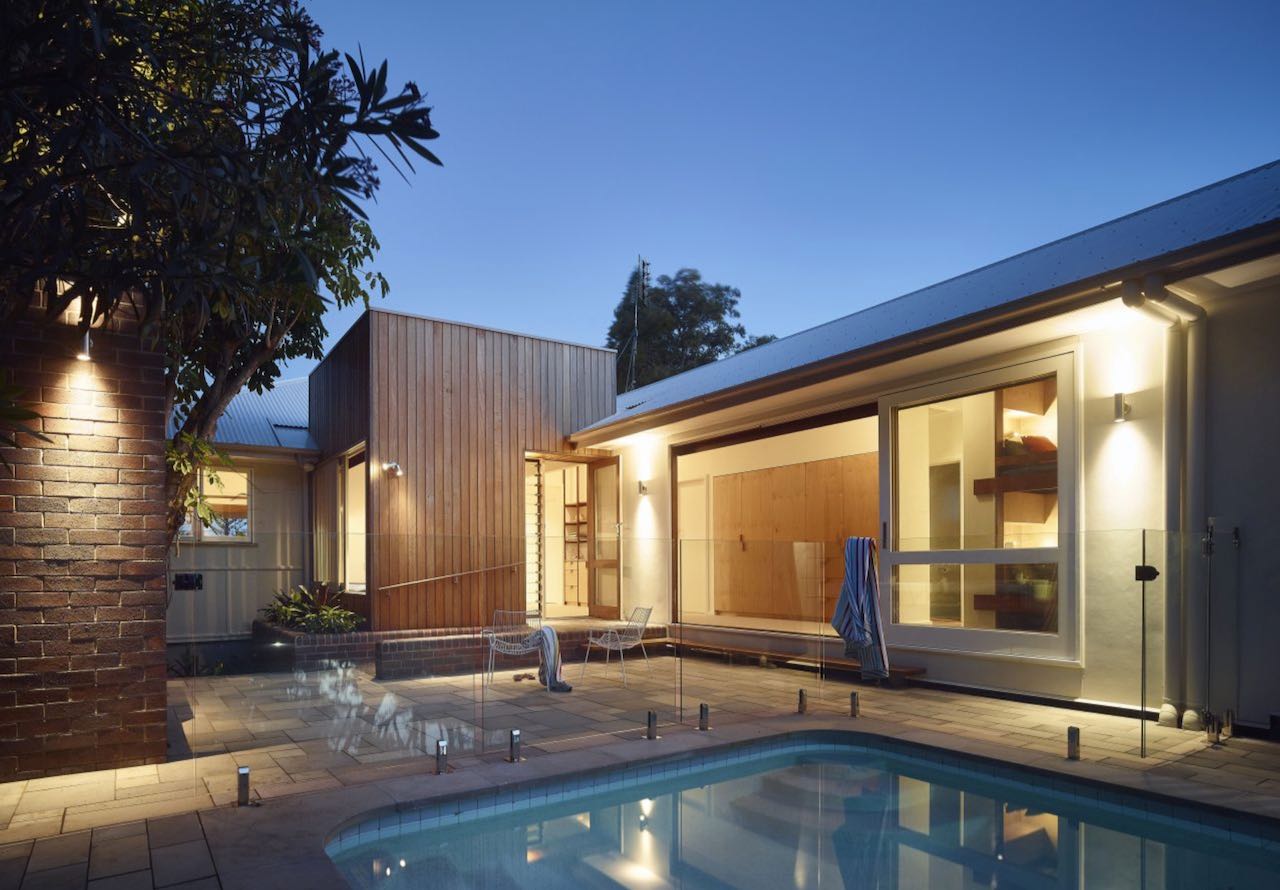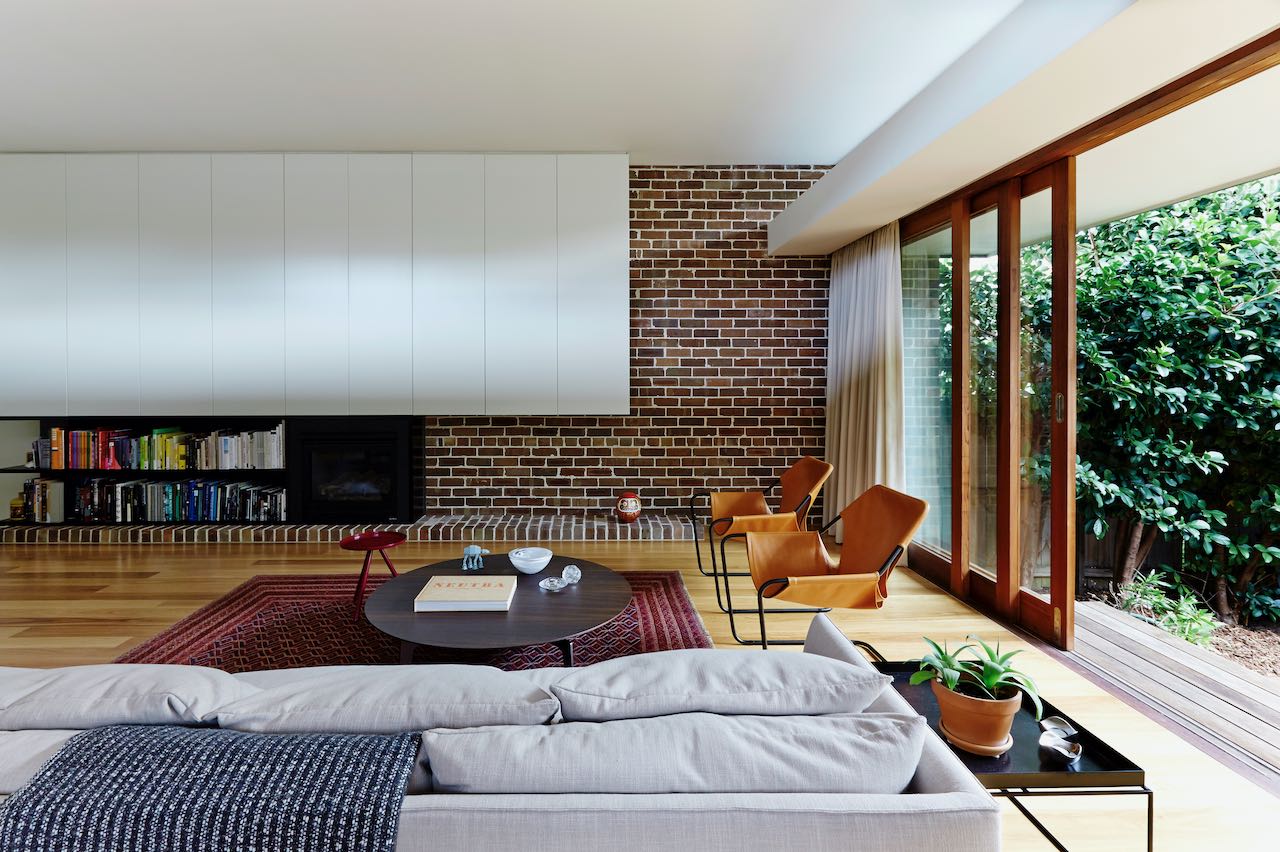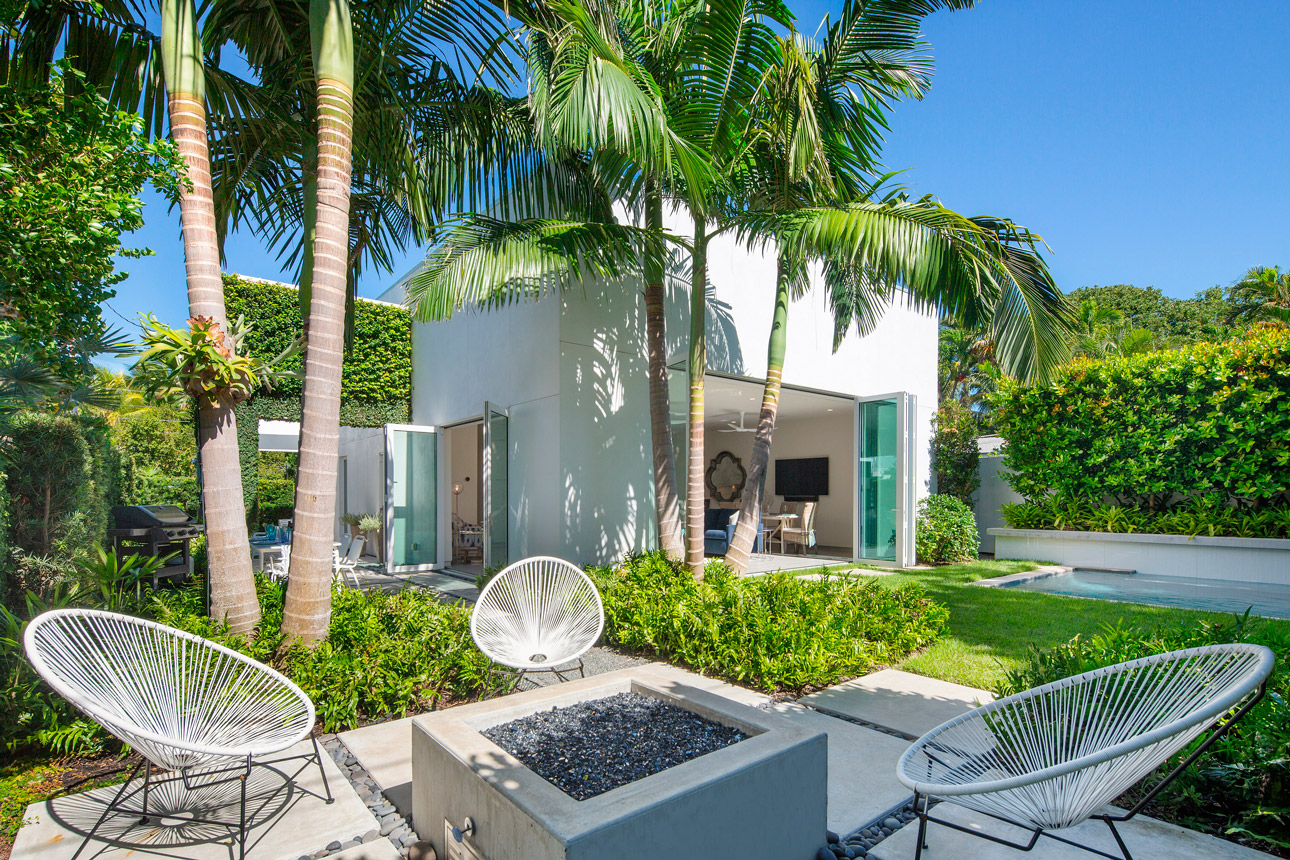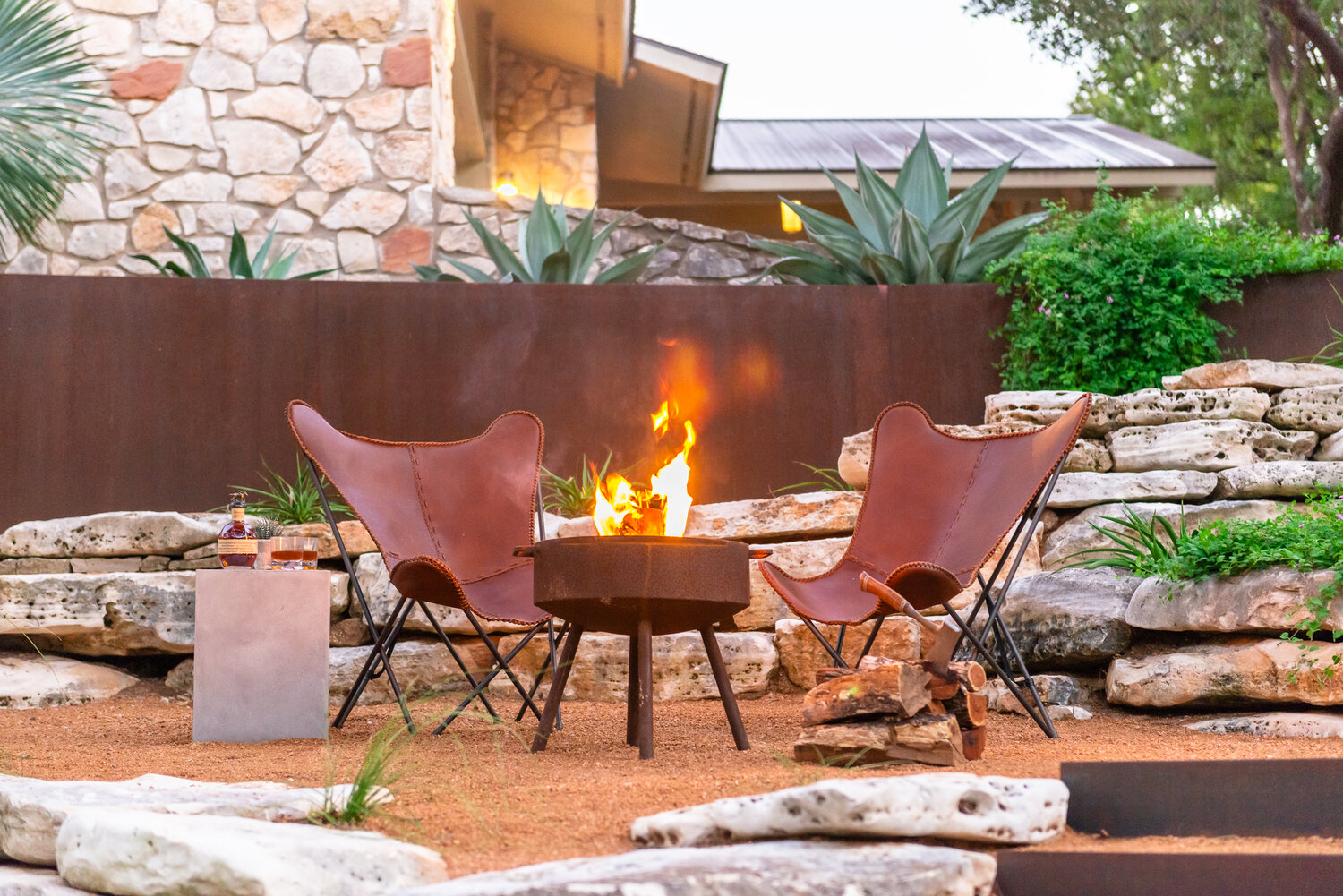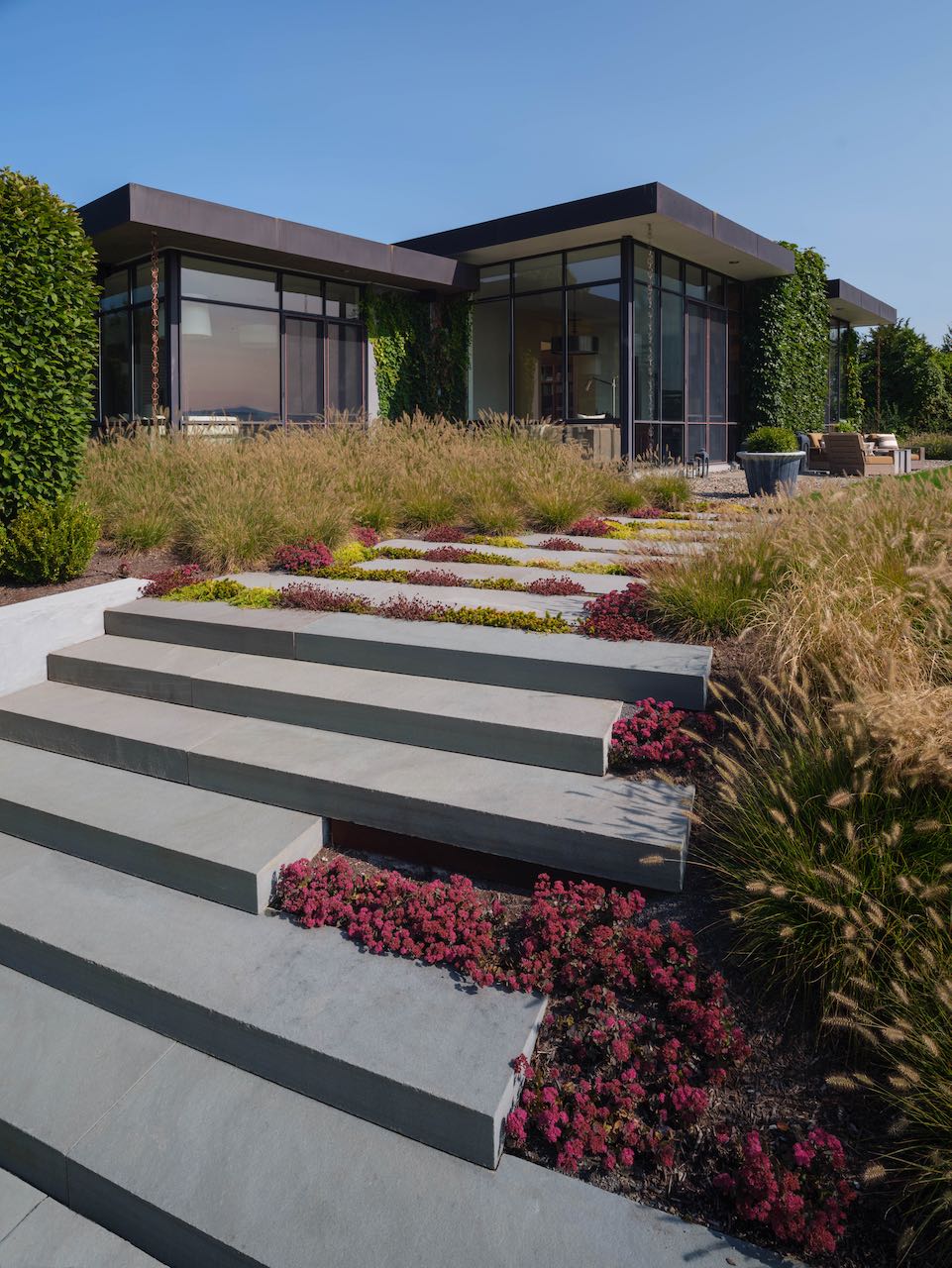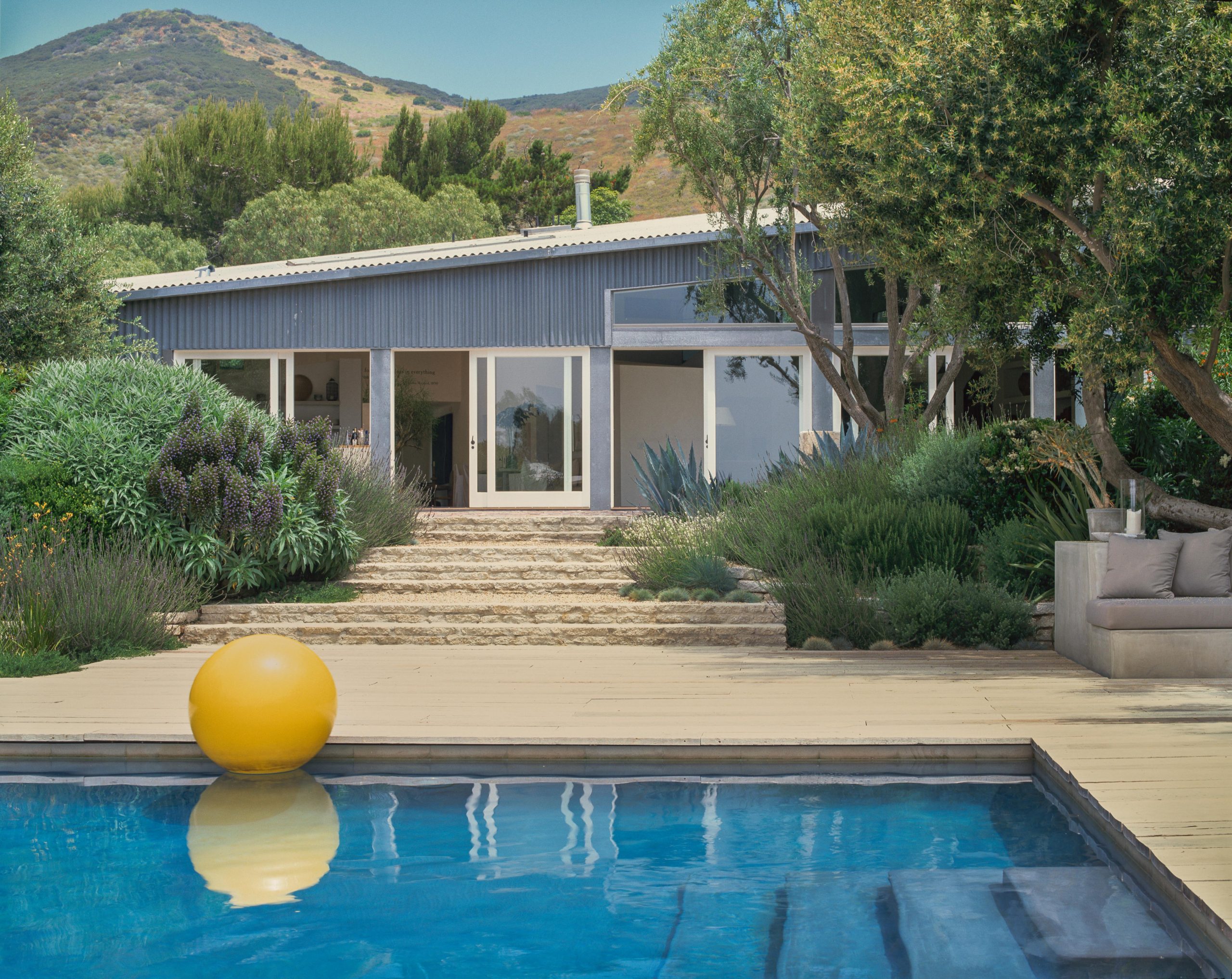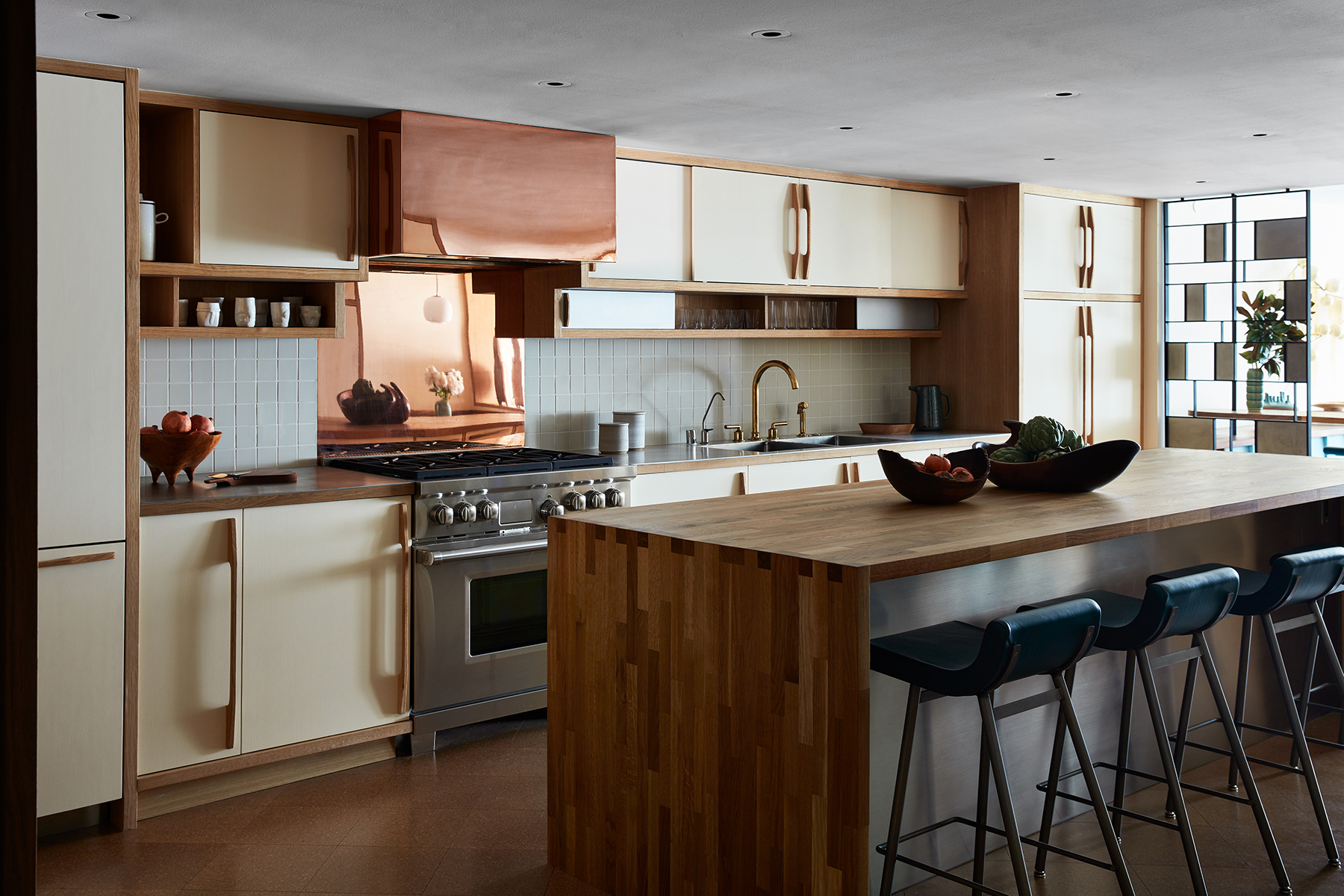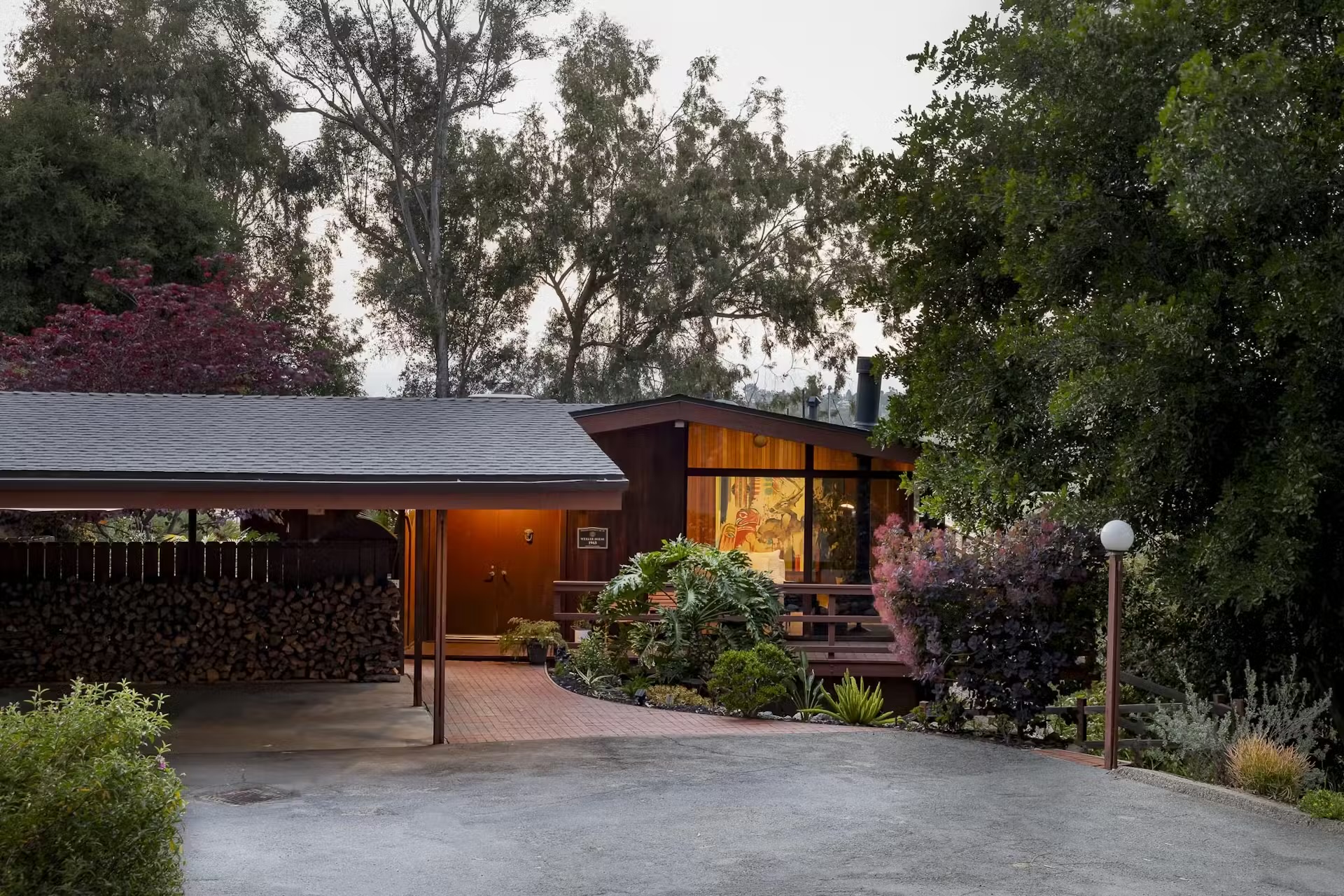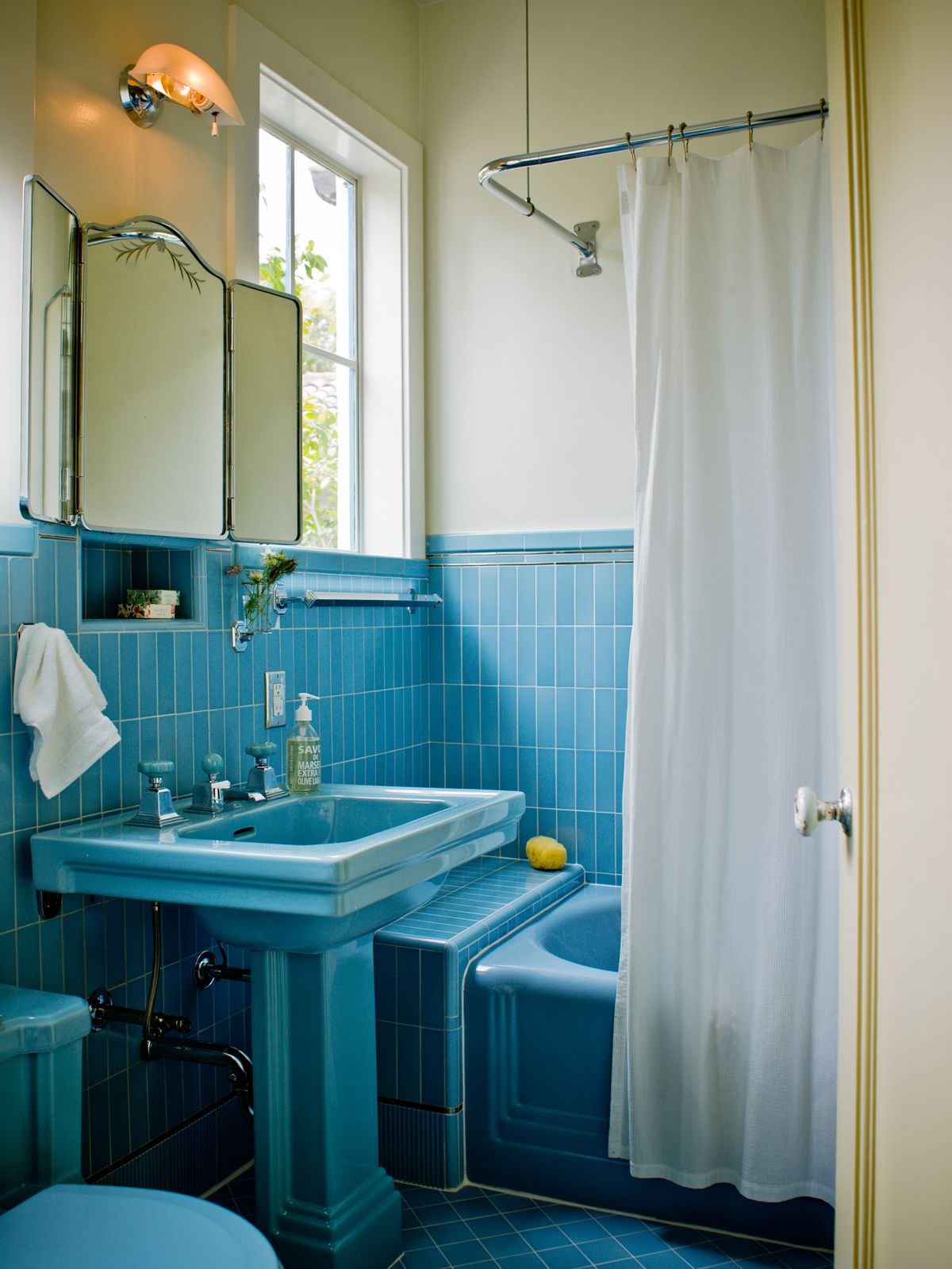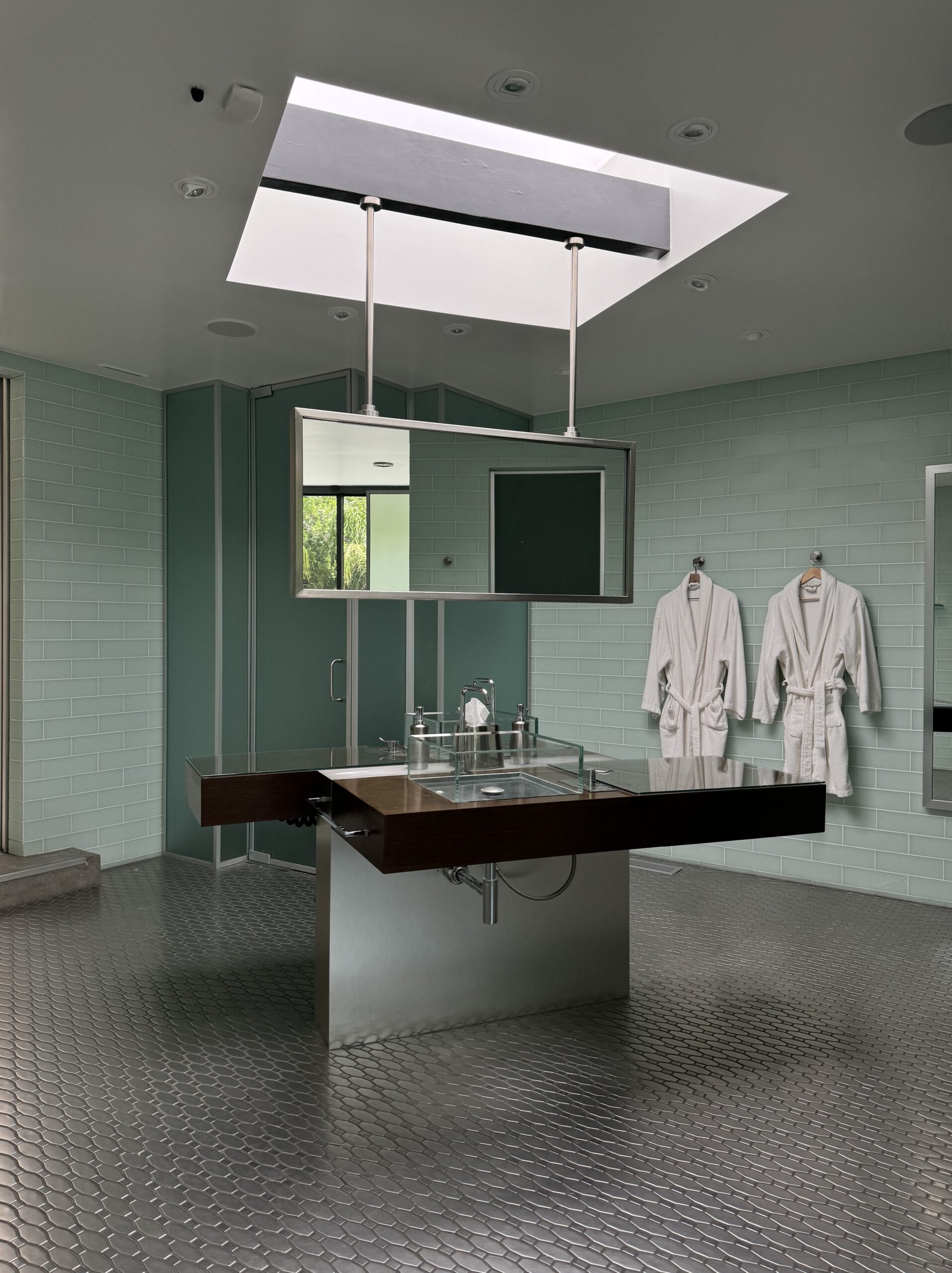
Mid-century interiors are celebrated for their simplicity, warmth, and enduring appeal. But if you’ve ever walked into one and felt that sense of completeness – that it is not only stylish but alive – chances are it was the art that made the difference.
From the very beginning, mid-century designers recognised that walls, sideboards, and even light fixtures were opportunities for creative expression. That philosophy makes art one of the most effective tools for anyone wanting to elevate a mid-century inspired space today.
The original designers of the period understood that function and beauty belong together. Charles and Ray Eames created furniture that felt sculptural, while Alexander Girard introduced bold textiles and playful prints into homes that might otherwise have felt too minimal.
Artists such as Ellsworth Kelly and Alexander Calder offered pure colour and form that echoed the optimism of the time, while Jackson Pollock’s energy-filled canvases brought a sense of movement. These weren’t works to be admired from afar; they were integrated into interiors, giving everyday living a creative rhythm.
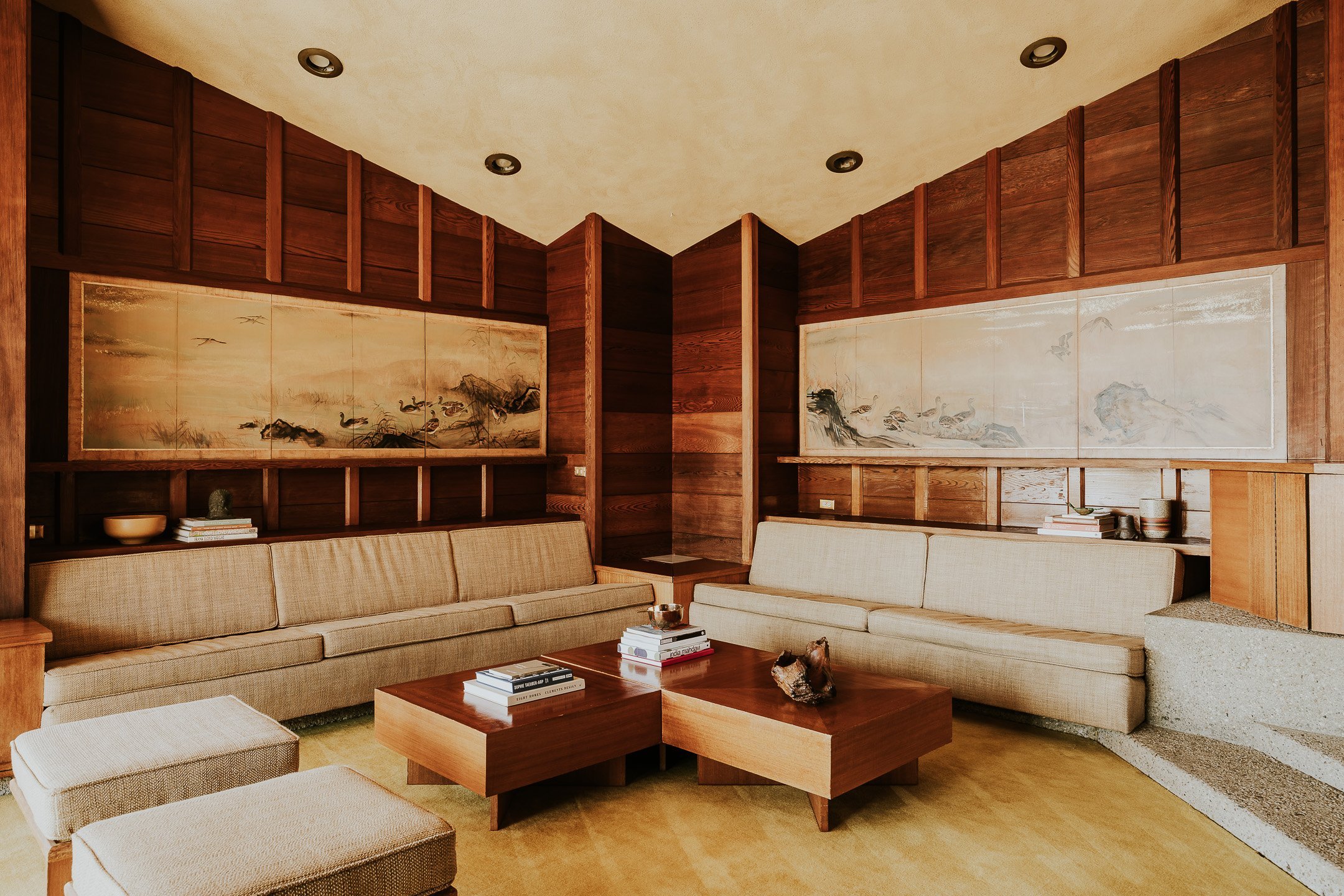
Sterling Reed Photography
That integration is exactly what keeps mid-century homes so adaptable now. If you’re curating your own space, start with balance. It helps to think of art as a practical design tool rather than just decoration. Here are a few simple ways to make it work:
- Place a bold geometric print above a low teak sideboard to create a strong focal point without cluttering the room.
- Choose lighting that feels sculptural, like a Noguchi-inspired lantern, so it adds both form and atmosphere.
- Introduce ceramics or handmade objects to bring texture and individuality to coffee tables or shelving.
- Pair vintage furniture with contemporary artwork — a modern abstract above a Saarinen table feels fresh yet balanced.
- Use restraint, let each piece of art breathe, so it punctuates the space rather than overwhelming it.
For anyone wanting to dive deeper into the connection between mid-century interiors and art, the book “Hand-in-Hand: Ceramics, Mosaics, Tapestries, and Wood Carvings” about the California Mid-Century Designers Evelyn and Jerome Ackerman is an invaluable resource.
Mixing eras can also work beautifully. A contemporary abstract painting brings new life when set against vintage mid-century furniture, while a modern graphic poster can look perfectly at home beside an original Eames chair. The key is restraint: mid-century interiors thrive when art feels like an extension of the space, not an overload. Think of art as punctuation – a way of adding emphasis and rhythm to the architecture and furniture you already have.
This approach is not theoretical. A Sydney renovation demonstrated how sculptural finishes and curated artworks can make a home feel both timeless and fresh. Likewise in Phoenix, a house was designed almost like a gallery, with natural light and open plans showcasing artworks as part of daily life. These homes underline the lesson that mid-century design is a framework – and art is what allows it to keep evolving.
What makes this style so enduring is that it offers space for personal expression. Whether you choose a single bold canvas, a collection of ceramics, or just a framed print that speaks to you, the result is the same: mid-century interiors become more than a style. They become a canvas of their own, always timeless, always ready to be lifted by the art you bring into them.
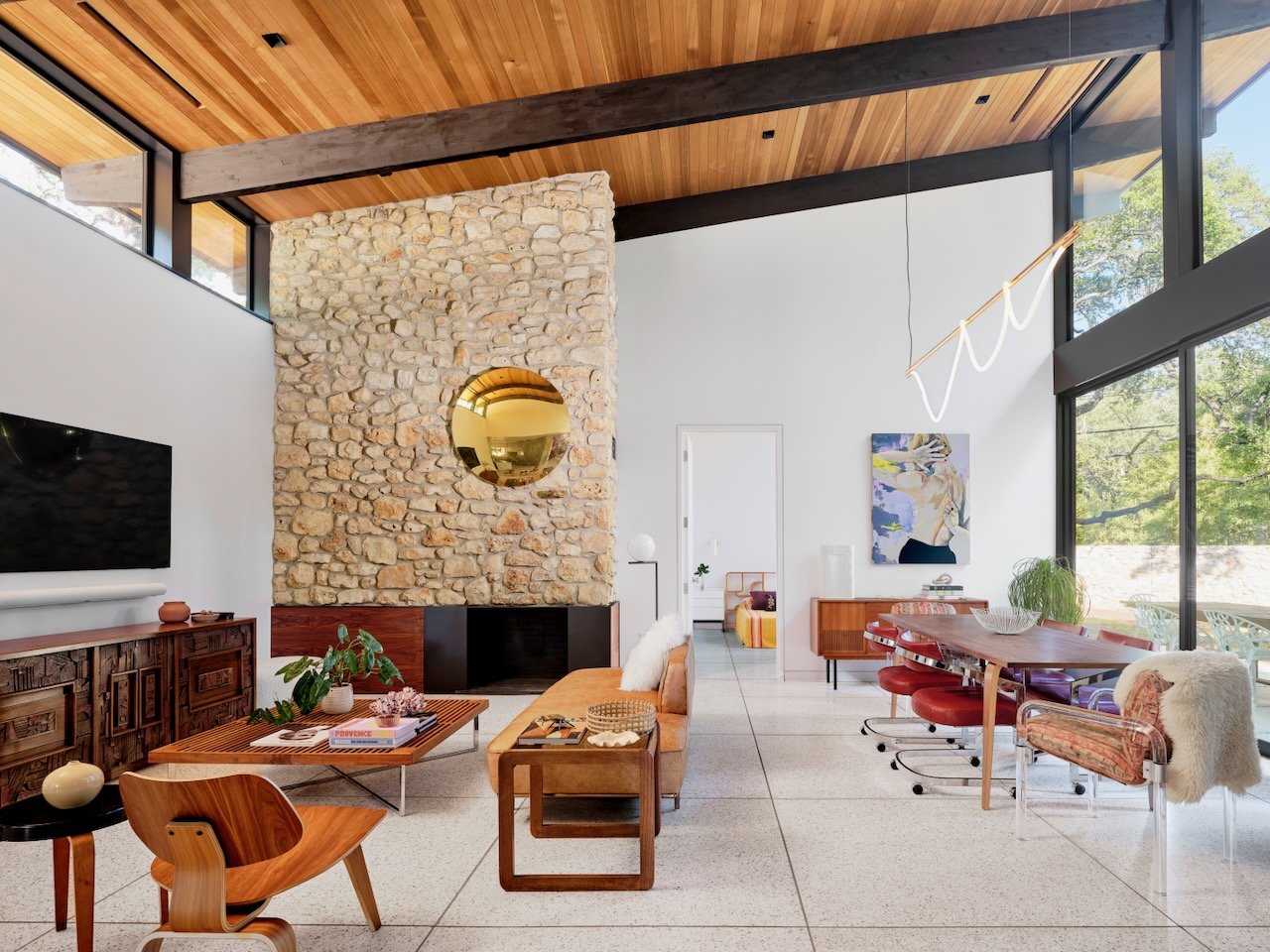
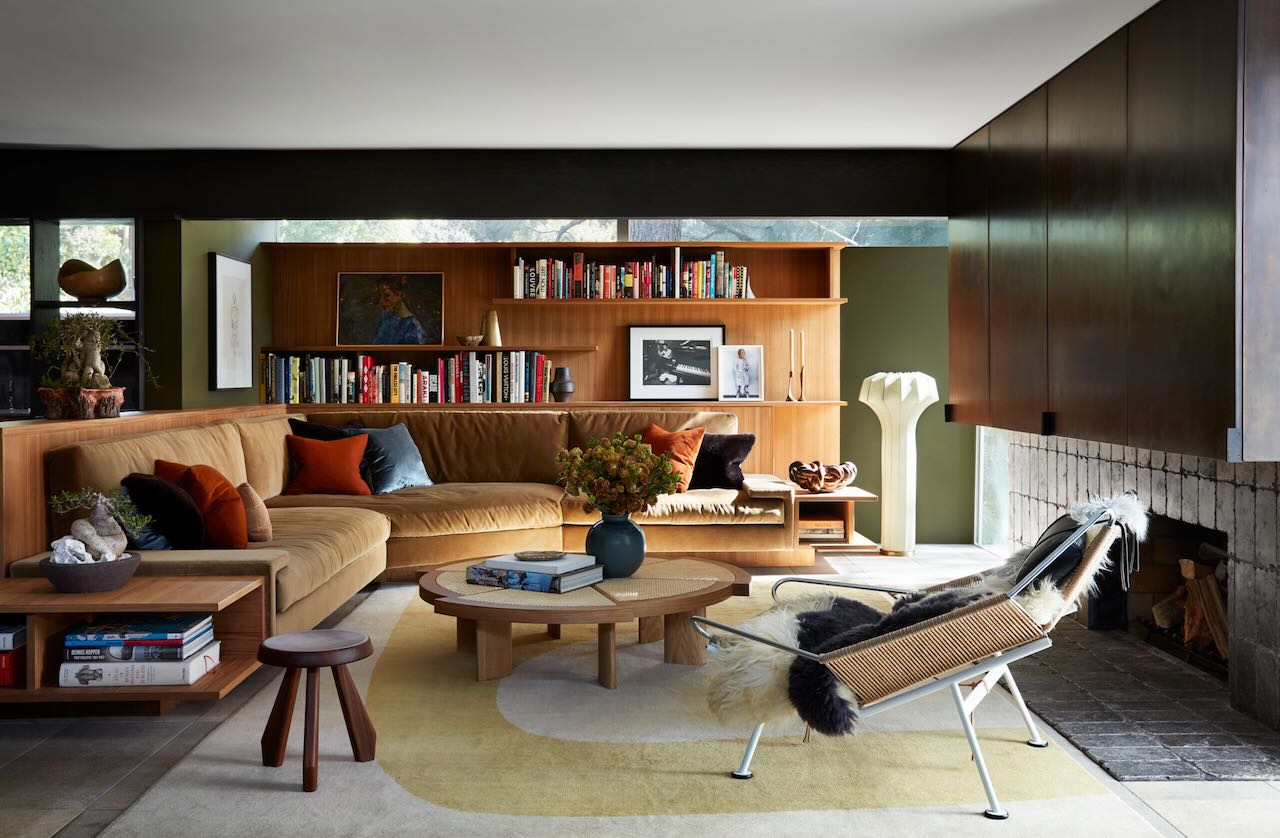

Stephen Schauer
